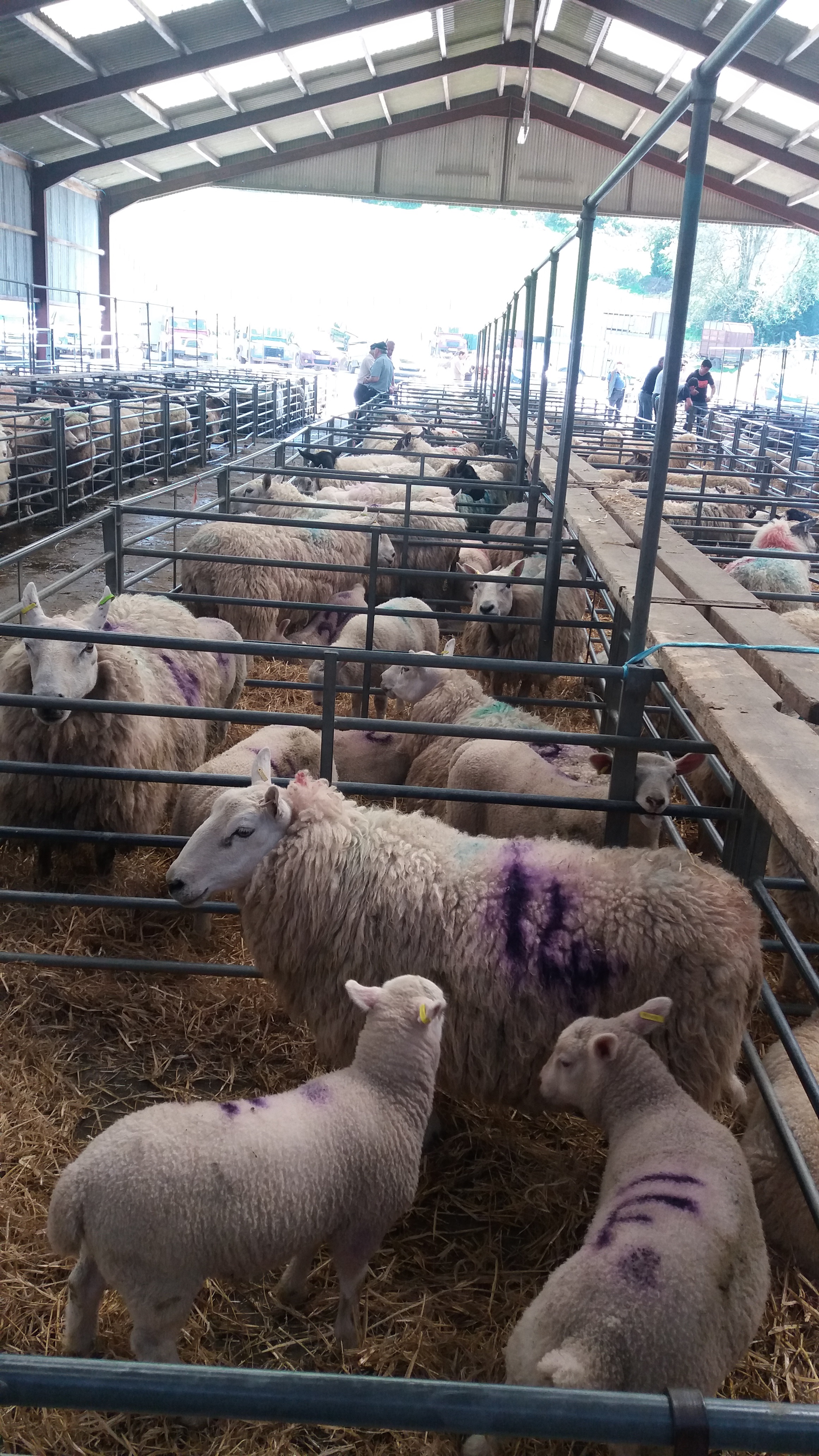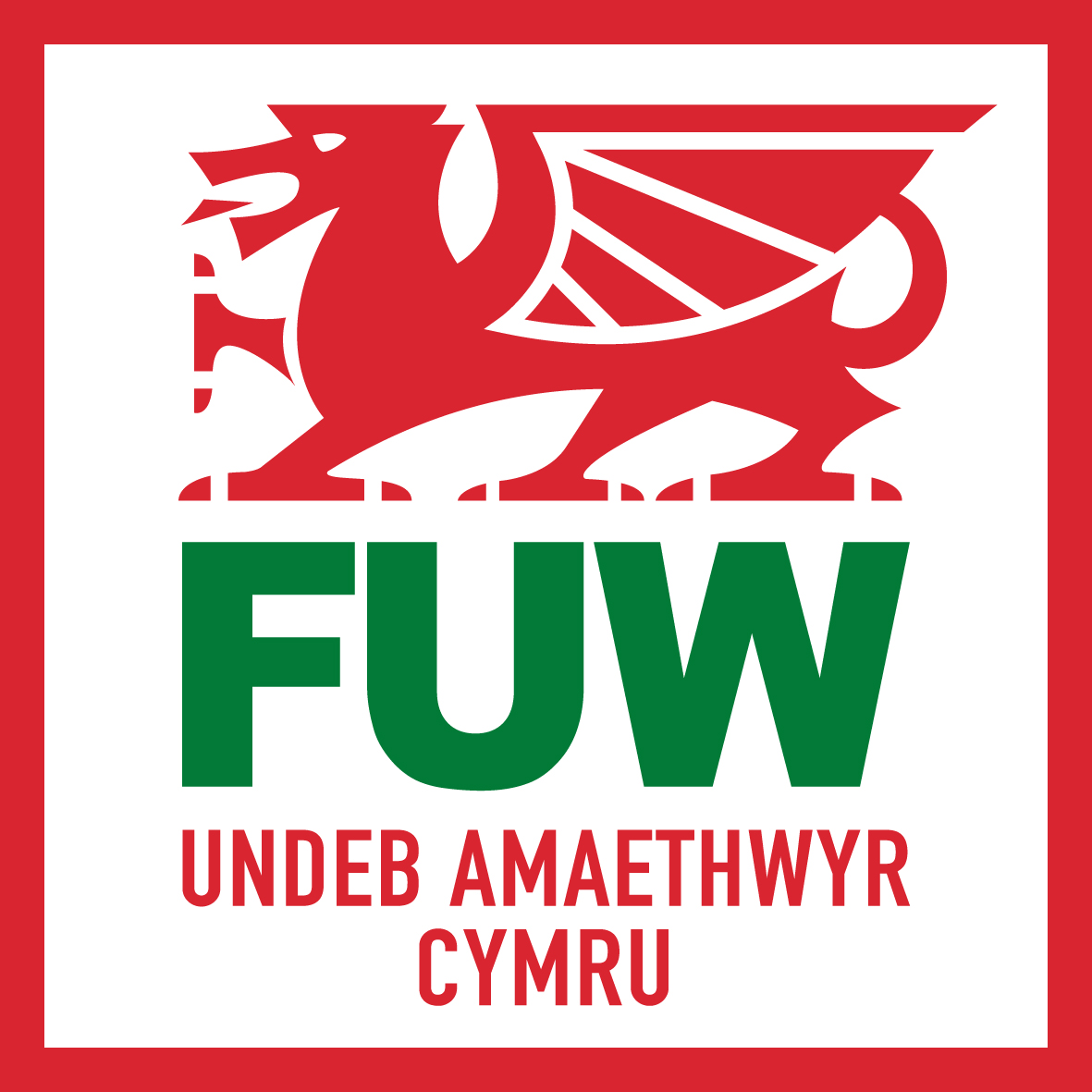 By Angharad Evans, Y Tir Welsh Editor
By Angharad Evans, Y Tir Welsh Editor
The trouble caused by the 'Beast from the East' and storm Emma at the beginning of March is now a distant memory as we enjoyed the warmest early May Bank holiday on record, according to the meteorological office. Everyone has welcomed some dry and warm weather and finally we’ve seen signs that the grass is growing and some normality returning to the land.
The destination for us on the hottest day of the year so far was Llanybydder mart, and when loading the trailer first thing, I thought how easy it is to transport animals from one place to the another without any hassle. But it wasn’t this easy years ago!
Without a stock trailer or lorry, how could animals go to the market?
This would be the responsibility of a person called a Drover and he would make sure the animals arrived safely to be sold. The drovers were a very important part of the Welsh economy, especially in the 18th century. Cattle were usually driven, but sheep and even geese would also be driven.
There is evidence of drovers driving cattle from Wales to England to be sold as early as the 14th century, but this trade reached its peak during the 18th century. London was the most popular destination for the Welsh drovers, and Smithfield, on the outskirts of the city, developed into the largest animal market in the world.
The drovers would carry significant amounts of money on their return journey after the sale of the animals, and other people who needed to send money elsewhere would give it to the drovers to deliver. But this was asking for trouble from roadside thieves, and that’s how the banks started. The Black Ox Bank was established in Llandovery by a drover called David Jones in 1799. This bank continued until Lloyds Bank bought it in 1909. The Bank of the Black Sheep was established by sheep drovers in Tregaron and Aberystwyth in the early 19th century.
The drovers disappeared steadily during the 19th century, mainly due to the development of the railways. The only reminder are the roads that the drovers used, especially on higher ground in different parts of Wales.
A network of paths were used by drovers in Wales to take cattle to the market. In order to avoid paying tolls on the turnpikes, the drovers would follow old paths across the country. The cattle were shoed before starting a journey and they would have to be shoed again several times before the end of the trip. The average distance was about twenty miles in a day.
One of the paths started on Anglesey. The cattle collected from the farms on the island by the drovers would be sent to Menai Bridge, and before the existing bridges were built they would have to swim the Menai Strait with men in boats to take care of them. In the vicinity of Bangor, other cattle drovers came from Arfon and parts of Llŷn. They drove up in large herds through Nant Ffrancon (along the old lane on the western side of the valley), to Capel Curig, and then on to Llanrwst, over Mynydd Hiraethog to Abergele (an important centre for the drovers), up the Vale of Clwyd and then to Llandegla. Llandegla is a tiny quiet village today, but it was an important meeting place for drovers in the north. From Llandegla the cattle were driven either to Llangollen (another important place where herds from Meirionnydd and the surrounding area would join) or to Wrexham, and from there to England and down to London. In Ceredigion, there were routes from Tregaron and Llanddewi Brefi over the mountain to Abergwesyn. There were similar routes from all parts of west Wales, with the most important ones starting from Merionnydd and Carmarthenshire.
So next time you go to the mart in the 4x4 and take the trailer, think about the drovers, and their time-consuming task to make sure that buying and selling would happen - is the world more kind to us today?!


